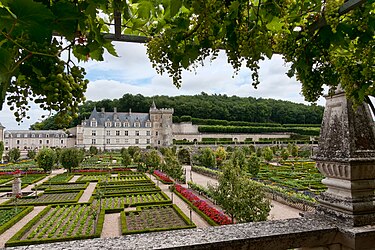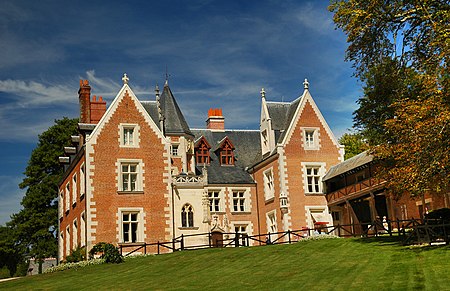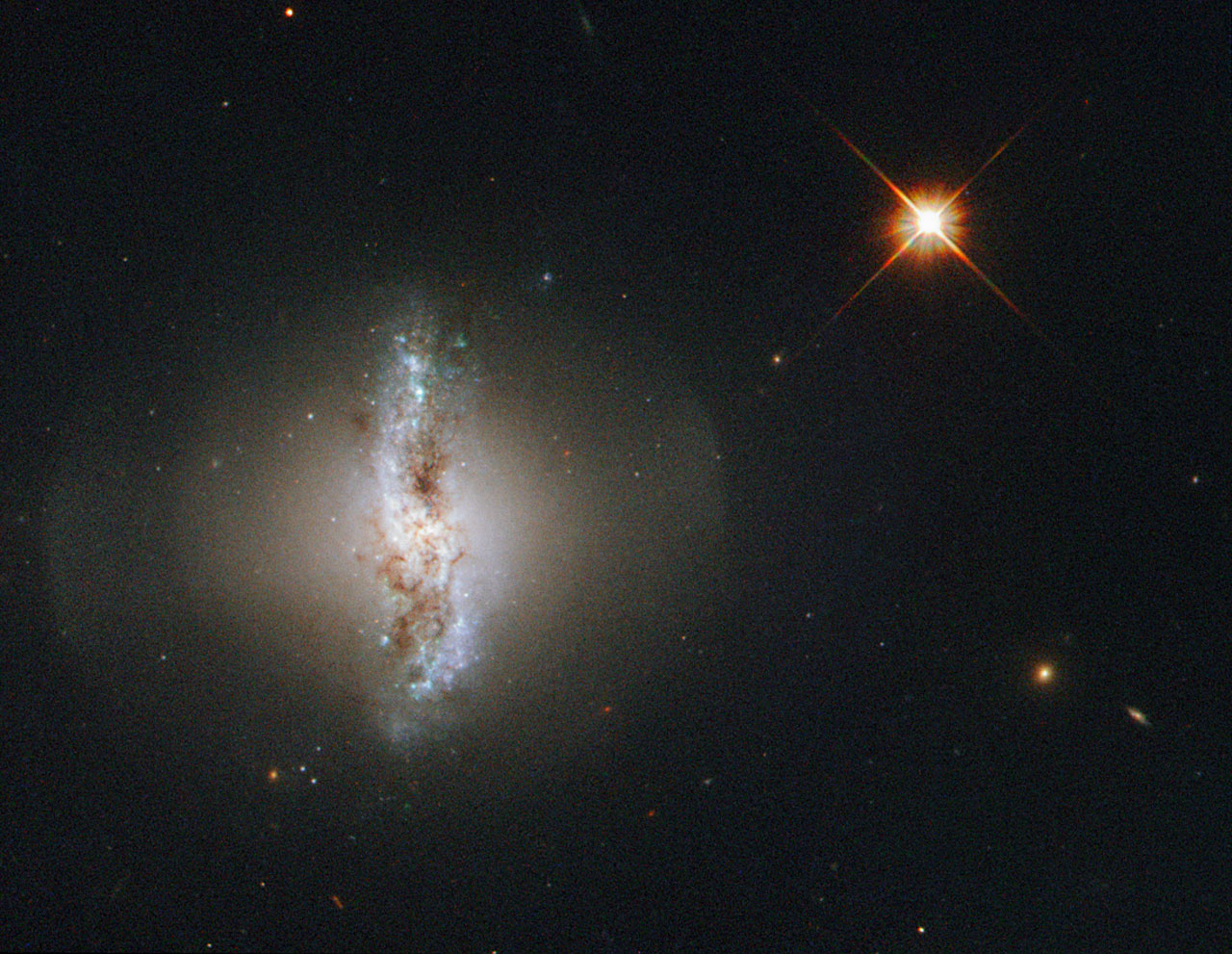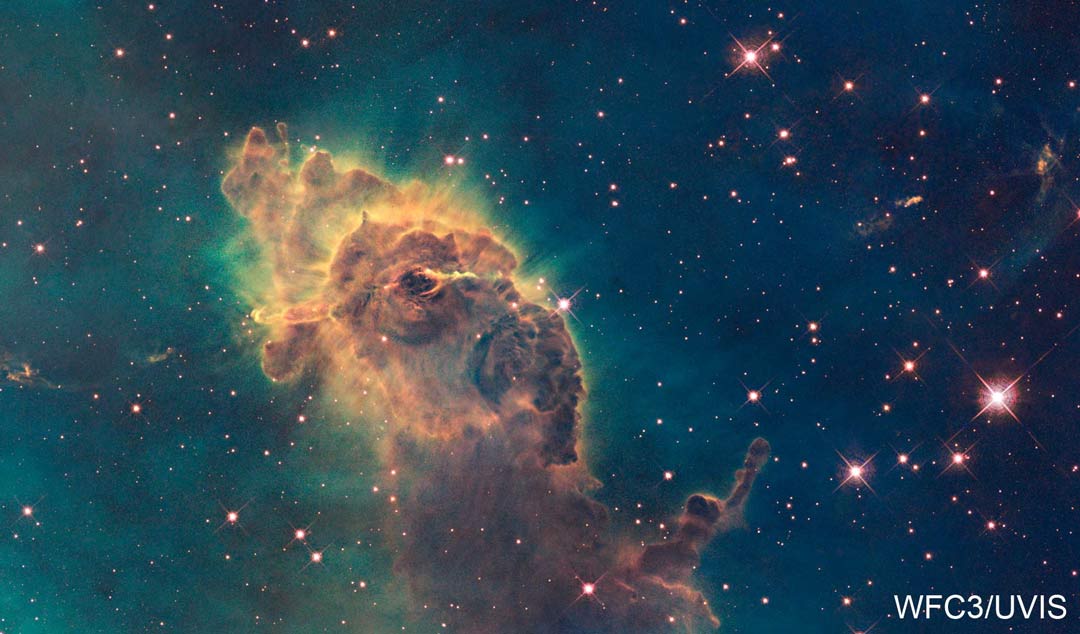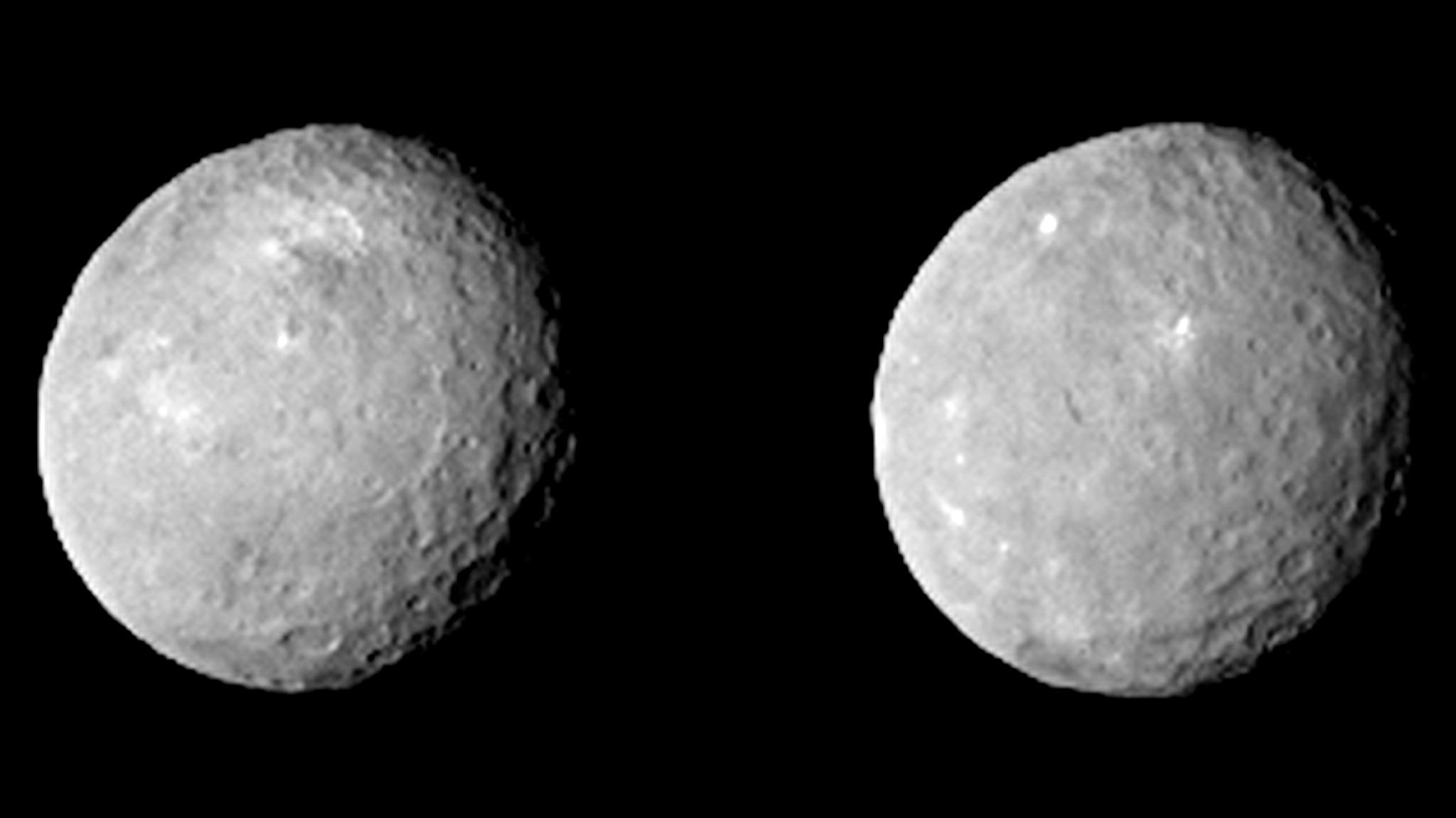
Tuesday, February 24, 2015
astro picture for the day/ some thoughts on Human intelligence
ESA/NASA Hubble Space Telescope image
- A thought about intelligence that I've meant to post for a long time, but haven't because I've yet to reread some stuff(I still haven't reread these things) . . .
I've often thought that evolution is learning and vice versa, and that life is a dynamical system that evolves(the religious who fight against the view of life as evolving are arguing for static spirituality), so life is intelligence. But, what about the science and technology and the ability of Humans to be able to learn something about the universe?
Well, As I've more or less started out this blog about the nature of mathematical knowledge, I argue that like the way science and technology experienced an outbreak with the agricultural revolution, intelligence that separates us from the other life sprang out long before. Some attribute it to bipedalism and the use of the thumb. Maybe It is something this simple. But, I don't see a lot of people satisfied with that explanation. However the case may be, intelligence potential is in life before bipedal hominids, and then for some reason, the ability to figure out the universe sprang up in bipedal animals much like science and technology did with the agricultural revolution of ~ ten thousand years ago.
- That's one older thought that I'm still not exactly satisfied with; another thought about intelligence is that of consciousness. Seems to me that we are conscious of something when we have knowledge of it. Not facts knowledge like bits in a computer. Bits that a computer isn't conscious of till it decided to use it. But, knowledge that connects and unifies facts. Conceptual knowledge. When you solve a puzzle, figure something out, you become more conscious than you were before. So, those who do science/mathematics tend to be more conscious than those who don't!
See, everyone notes the strange feeling of free will. In mathematical science knowledge, we define a concept in such a way that we can detach it from the source and use it elsewhere. The wonder is always how we Humans can abstract a word and place it before or after a verb; animals can't generally do that. I hit the car; the car hit me! Mathematical definitions have standard of reversibility. This reversibility detaches the concept and allows one to use it elsewhere. "Collinear point are points that lie on the same line . . . points that lie on the same line are collinear points" So, these concepts begin to live a life of their own, much as thinking human beings seem to be conscious of things and live a life of their own.
It's a bit like a strobe light; a light that blinks on and off. If you vary the speed of the on off light, you can make certain things like propeller blades that are spinning look like they're standing still. If you don't have the right speed ideas in your head, you cannot be conscious of things. When you figure out something, you are able to get the speed adjusted to the patterns of nature just right to detect what you couldn't before. Like standing next to a stream; generally, the stream looks like chaos; but if you pick a point and follow it downstream, all of a sudden you see a particular pattern that stays the same for the most part as it flows downstream! You even feel much of the sensation that mathematical scientist feel when they figure something out!
Friday, February 20, 2015
thought for the day . . . French Chateaus
The 1500 Renaissance almost overshadows the great sea voyages that discovered the Americas(and the world really). The wealth that came from this discovery powered the Renaissance into the modern era where it might have stalled like most social movements. Conversly, the wealth brought by the sea voyages paid for everything back home that was inspired by the Italian renaissance.
here's some of what's inside the "Ducal palace" of Urbino,
there's a waterworks under the castle/palace,
and perhaps the most famous part of the Ducal palace, is the formerly warlord's library,
I bring up this Ducal palace of Urbino, Italy because it's an example of a castle turned into a palace before all the French Chateaus. And since the French Chateaus are inspired by Italian everthing, it seemed a good place to start!
Here's the Château de Chenonceau . . . I like this one because of the arches in the river.
The Château de Villandry . . . this one has very elaborate gardens including waterworks; this picture doesn't do it justice.
Here's a pretty good video of it
And here's the Clos Luce,
Doesn't look like much . . . but, it did house one rather famous historical figure in his dieing years - Leonardo Da Vinci! He brought the Mona Lisa with him(maybe why it's in a French museum today!). Today, engineers have made working models of various Leonardo Da Vinci machines.
Here's a pretty good video of it!
here's some of what's inside the "Ducal palace" of Urbino,
there's a waterworks under the castle/palace,
and perhaps the most famous part of the Ducal palace, is the formerly warlord's library,
I bring up this Ducal palace of Urbino, Italy because it's an example of a castle turned into a palace before all the French Chateaus. And since the French Chateaus are inspired by Italian everthing, it seemed a good place to start!
Here's the Château de Chenonceau . . . I like this one because of the arches in the river.
The Château de Villandry . . . this one has very elaborate gardens including waterworks; this picture doesn't do it justice.
Here's a pretty good video of it
And here's the Clos Luce,
Doesn't look like much . . . but, it did house one rather famous historical figure in his dieing years - Leonardo Da Vinci! He brought the Mona Lisa with him(maybe why it's in a French museum today!). Today, engineers have made working models of various Leonardo Da Vinci machines.
Here's a pretty good video of it!
Monday, February 9, 2015
astro pictures for the day
ESA/NASA Hubble Space Telescope image
ESA/NASA Hubble Space Telescope image
ESA/NASA Hubble Space Telescope image
Friday, February 6, 2015
astro picture for the day
Image credit: NASA/JPL-Caltech/UCLA/MPS/DLR/IDA/PSI
The first image showed a bright white spot in the upper atmosphere(certainly ice of some kind; but to have such a sharp point or ice is rather odd); now, with this picture, we're seeing even more 'ice spots.'
Latest pictures of Ceres . . . it's an icy world, if not having an underground ocean!
- more pre-orbital images of Ceres(orbit is to come in a week or so),
Image Credit:
NASA/JPL-Caltech/UCLA/MPS/DLR/IDA
image credit: Nasa/Dawn spacecraft
Subscribe to:
Posts (Atom)






